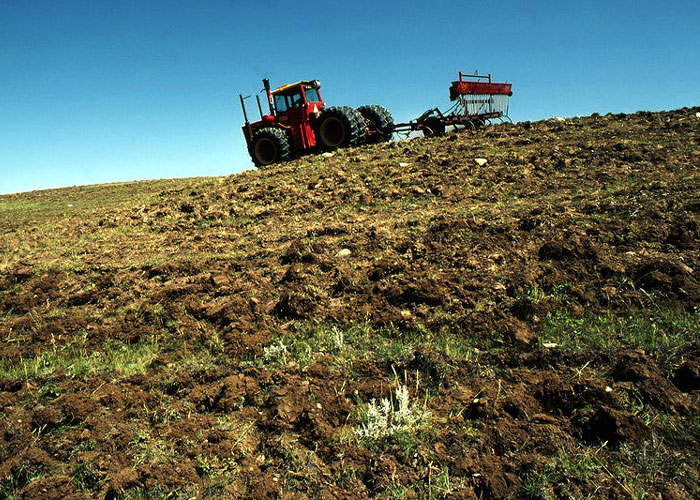Most of the bamboo species are climate resilient, and adaptable to a wide range of agro-climatic zones ranging from coastal regions (sea level) to high mountains (up to 4000 m above mean sea level. Hence bamboos can grow in degraded lands, large areas, marginal land, farm boundaries, slopes, riverbanks, and so on.
Site selection
Selection of suitable land for raising large-scale plantations is important and level land with good drainage or slopes of up to 10% with sufficient availability of water, access to road, transport, and market potential for the species are important aspects to be considered while raising a large-scale plantation. The scope for large-scale plantations includes the purpose of timber, agarbathi industry, pulp, edible shoots, bio-energy, furniture, handicrafts, etc.,

Site selection criteria
- Soil: Sandy loam to clay loam soil is the ideal type due to its porosity, fertility, and water/moisture-holding capacity with at least a soil depth of 30–45 cm. Highly compact or sticky or clayey soil, rocky, and extremely sandy soils are not as suitable.
- Light requirements: Bamboo needs direct sunlight for rapid growth and hence open area with direct sunlight is preferred or in locations with sparse canopy (<10%).
- Drainage/ water inundation: Well-drained area is ideal for raising plantations and it can survive only flash floods.
- Topography: Flat land and gentle slopes are best suited.
Land preparation
A prior survey must be done before site preparation to roughly estimate the labour and other resources needed. The site should be cleared of shrubs, bushes, weeds, and other grasses, which compete for nutrients and moisture from bamboo. Sparsely distributed trees may be retained to provide protection and shade.
Ploughing of land must be deep and thorough. Churning rearranges the layers of the soil and improves its quality. Both ploughing and clearing must be done three weeks before planting. This provides weathering of the churned soil. Fly ash could be used as a soil enricher and conditioner in bamboo plantations, hence a beneficial soil amendment.
Sufficient protection measures through fencing are needed to prevent grazing by domesticated animals and trampling by humans and animals when the plants are young and culms immature. Similarly, necessary fire protection measures are also important. For this clearing of all kinds of shrubs, grass, and other vegetation must be done at least 5-m range around the site to form a fire break.
